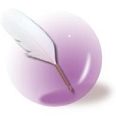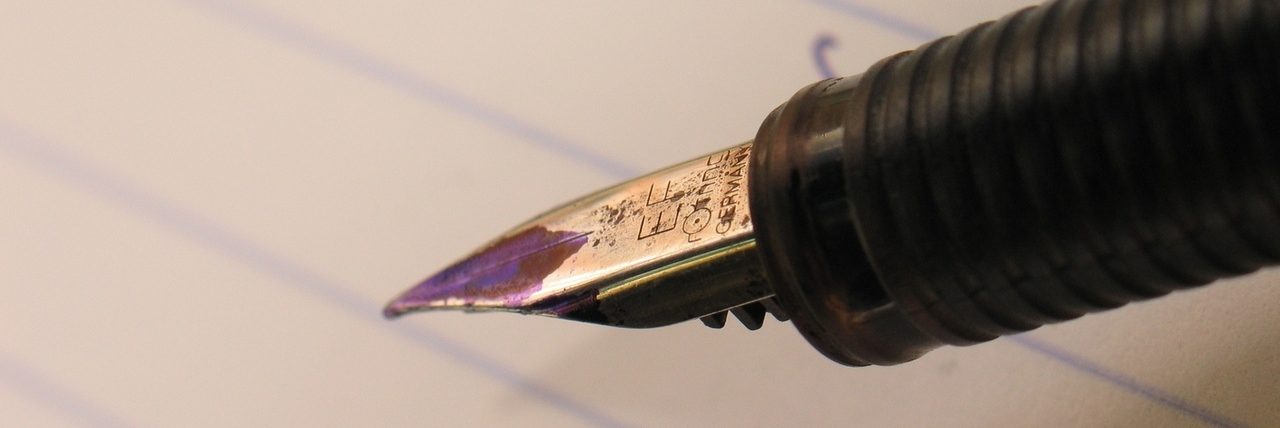Sending out a media release can result in great free exposure for your organisation/event/company if it is deemed newsworthy enough to be included in editorial.
However, journalists and editors are busy people (I know because I am one!) and receive hundreds of media releases, so getting your media release right is imperative. If the media release is hard to read or information is hidden in reams of words, it will quickly find its way into the deleted box or the basket under the desk. First impressions do count and remember your media release represents you.
Here are some general guidelines:
- Keep it simple. It should answer the ‘who, what, when, where, why, and how’ concisely – bullet points are great
- Don’t use fancy fonts – journalists want copy which is easy to read
- Your topic should be genuinely newsworthy and have a good angle
- Make sure grammar is correct and there are no typos
- If you want to send images, make sure they are lo-res so they don’t clog up an email system, but highlight high-res images for print are available
Media releases generally follow this format:
- Put ‘Media Release’ at the top
- Use an eye catching headline
- Explain the news in the first paragraph
- Use the next few paragraphs to cover other important information and include quotes from relevant people
- If promoting an event/service/product, include information such as where people can buy tickets, the product or service
- Write ‘ends’ or ‘copy ends’ when the story has finished on a new line
- ‘Notes to Editors’ are generally put after the ‘ends’ and includes additional information about the company, and details (name, telephone number and email address) of who media should contact for further information
Also include the date you distribute the media information. I generally put it after the ‘- ends -’, but you can put it at the top.
If the news is embargoed until a certain date, put this information above the heading.
Who to send it to?
Make sure your target media is relevant to your news story; it’s pointless sending information regarding a child’s toy to a car magazine.
Identify the relevant editor, journalists or producers. If in doubt, pick up the phone and ask for contact details.
When to send it?
Check the media’s deadline. While newspapers, broadcast and many online media have shorter deadlines, some magazines can work up to six months in advance.
Also consider what you’re promoting; if you’re promoting an event, you should make sure there is enough time for people to plan their time and buy tickets.
How to send it
Email submissions are generally accepted these days; I generally put the information in the main body of the email as this saves the journalist from having to click on attachments.

